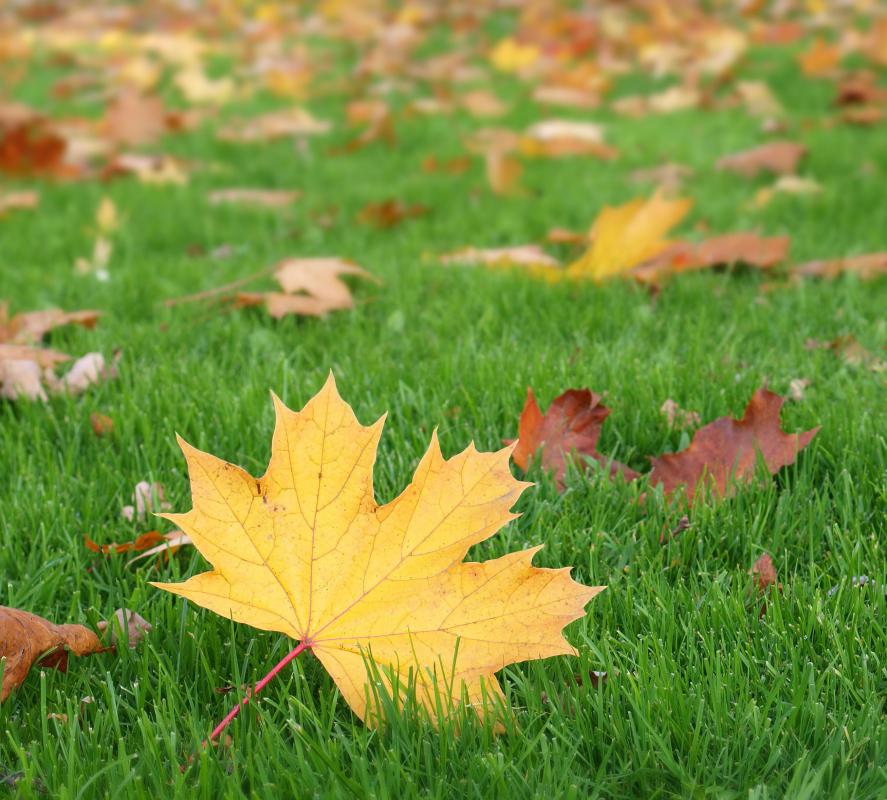At AllThingsNature, we're committed to delivering accurate, trustworthy information. Our expert-authored content is rigorously fact-checked and sourced from credible authorities. Discover how we uphold the highest standards in providing you with reliable knowledge.
What is an Indicator Species?
An indicator species, or bioindicator, is a plant or animal species which is used to gather information about an environment or area. The presence of such a species can be a signal, as can their absence. Numerous plant and animal species are used as indicators, along with organisms like lichens and fungi, in environments ranging from mountaintops to the continental shelf.
The presence of an indicator species often defines a specific ecoregion. For example, a certain type of tree may only grow in a very specific area, or a specific mammal may only roam in a particular region. If the species begins to disappear, the ecoregion could be said to be shrinking, and it might raise concerns about the health of the environment in that area. Numerous organizations track the presence of indicator species, especially in vulnerable areas, to see whether or not habitats are shrinking or being damaged.

These species can also be used more generally to gather information about the health of the environment. Some indicator species are chosen specifically because they are extremely sensitive to pollution or human interference, so that researchers tracking those species can identify problems early on. Others may fall sick, suggesting presence of a disease which needs to be addressed, or they may migrate or develop stress behaviors in response to climate change. All of these alterations in the natural order can be observed and tracked to keep an eye on the environment.

Indicator species have been used historically to collect information about the geological composition of many regions. Certain plants grow abundantly in the presence of particular minerals, for example, so the presence of such plants can be a sign that those minerals may be abundant. Other plants like wet, marshy ground, suggesting the presence of a water source when they are abundant. Some plants have also been known to change color in response to the presence of specific minerals and chemicals.
Researchers determine which species in a region are indicator species on the basis of field research, historical records, and the known information about those species. When a government agency uses this type of system, it typically documents the process of determination meticulously, in case decisions made on the basis of an indicator species are challenged by other agencies or citizens.
Frequently Asked Questions
What exactly is an indicator species?
An indicator species is an organism whose presence, absence, or abundance reflects a specific environmental condition. They serve as a barometer for the health of an ecosystem, signaling changes in environmental quality and biodiversity. For example, the decline of amphibians often indicates water pollution or habitat loss.
Why are indicator species important for ecosystems?
Indicator species are crucial because they provide early warning signs of environmental change. By monitoring these species, conservationists can detect alterations in ecosystems and take action to prevent further damage. They help in assessing the impact of human activities on habitats and in guiding conservation efforts to maintain ecological balance.
Can you give an example of an indicator species and what it indicates?
The canary in coal mines is a historical example of an indicator species. Miners would observe the birds for signs of toxic gases, such as carbon monoxide. If the canary showed distress or died, it was an immediate signal for miners to evacuate. Today, the presence of stoneflies in streams indicates good water quality, as they require high oxygen levels.
How are indicator species selected and used in environmental studies?
Indicator species are selected based on their sensitivity to specific environmental conditions or stressors. Scientists use them to monitor changes in ecosystems by conducting regular population counts and health assessments. These species act as proxies for more complex ecological studies, allowing researchers to infer broader environmental trends without exhaustive data on all species present.
What role do indicator species play in conservation efforts?
Indicator species play a pivotal role in conservation by highlighting areas of concern within ecosystems. Their status can motivate the implementation of protective measures, habitat restoration, and pollution mitigation. Conservationists often focus on preserving these species to ensure the overall health of the ecosystems they represent.
Are there any limitations to using indicator species in environmental monitoring?
While valuable, indicator species have limitations. They may not reflect the status of other species or the entire ecosystem accurately. Environmental changes can be complex, and relying solely on one or a few species might lead to incomplete assessments. Therefore, they are often used in conjunction with other ecological indicators for a comprehensive evaluation.
AS FEATURED ON:
AS FEATURED ON:












Discussion Comments
The indicator species are being described as species that can be recognized through a signal, and it also mentions they are beings that gathers information about an area or environment. But if this information is right, then if even one species isn't present then they wouldn't give out the signal, meaning the ecosystem would collapse.
@BambooForest additionally, a natural ecosystem's species distribution could be thrown off by the introduction of a foreign species, leading to a loss of species abundance the keystone species of an ecosystem and continued loss of other species in the community.
The role of indicator species shows the importance of protecting even seemingly unnecessary threatened species. Even one species extinction could throw off an entire ecosystem, leading the chaos in the entire region.
Post your comments